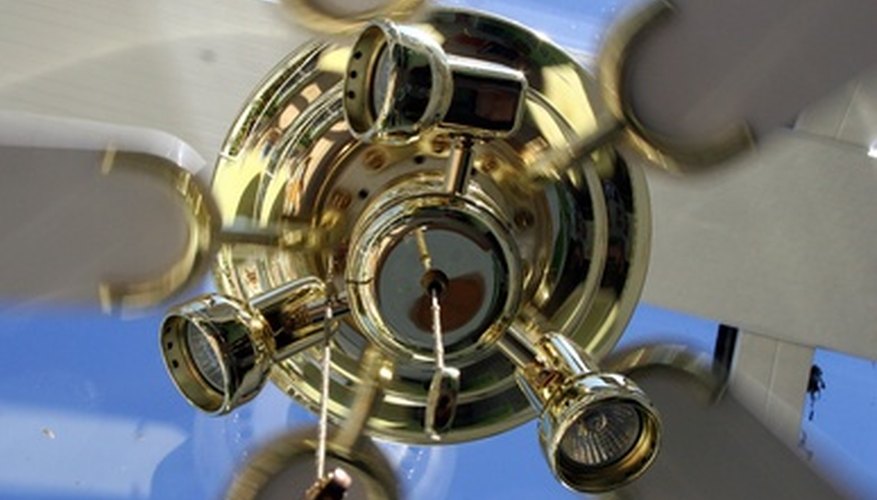Leasehold improvements are items that are permanently attached to property. The leasehold improvements will go to the lessor at the end of the lease contract. For example, a painting is not a leasehold improvement, but a ceiling fan is. Lessees need to depreciate leasehold improvements on their general ledgers each year. The most important concept to remember is that the depreciation is over the shorter of the life of the asset or the life of the lease.
- Leasehold improvements are items that are permanently attached to property.
- Lessees need to depreciate leasehold improvements on their general ledgers each year.
Determine the cost of the leasehold improvement. For example, a lessee installs a ceiling fan in his rented premise costing £195.
Determine what is the shorter period: the asset life or the lease life. In the example, the ceiling fan has an estimated life of 10 years. The lease will only has six years remaining on the lease. Therefore, use the life of the lease because six is less than 10.
Divide the asset cost from Step 1 by the depreciable life in Step 2 to determine the depreciation rate. In the example, £195 divided by six equals £32 of depreciation a year.
- Determine what is the shorter period: the asset life or the lease life.
- Divide the asset cost from Step 1 by the depreciable life in Step 2 to determine the depreciation rate.
Record depreciation in the general ledger each year by debiting "Depreciation Expense - Leasehold Improvement" and crediting "Accumulated Depreciation - Leasehold Improvement" by the depreciation per year determined in Step 3.
